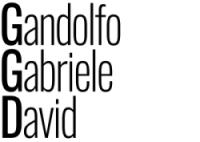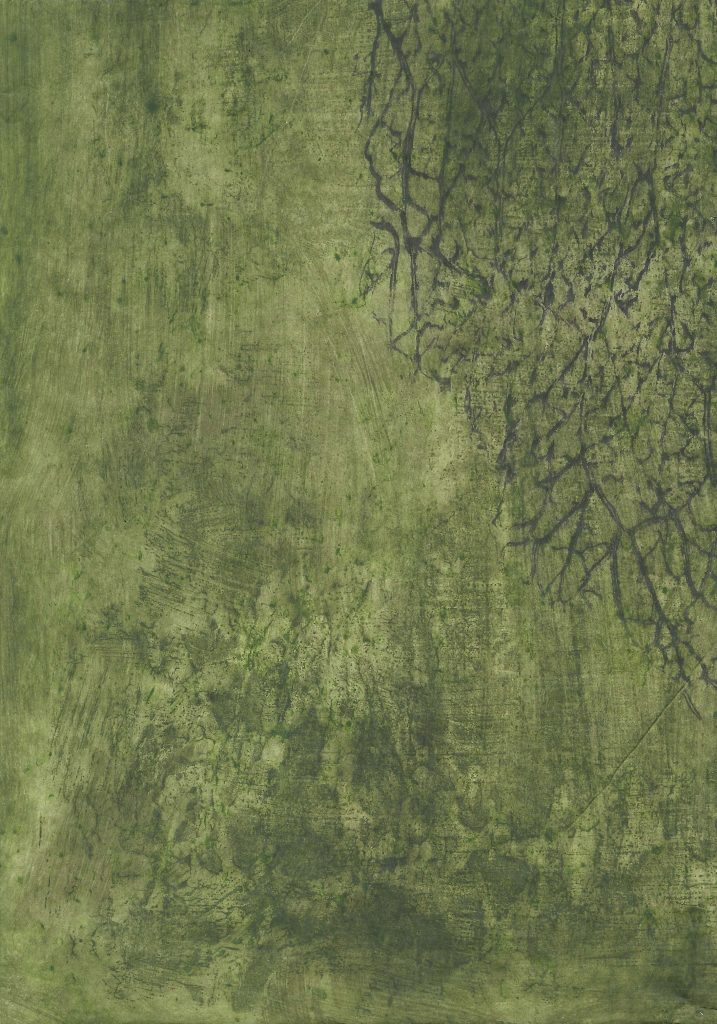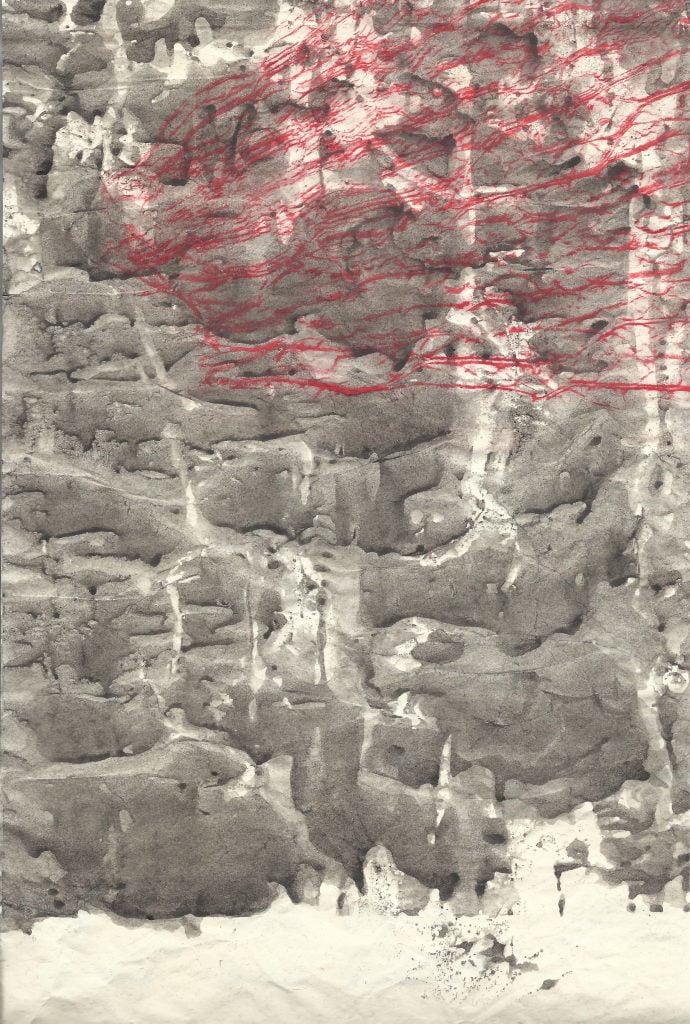LANDSCAPES OF THE INVISIBLE
Landscapes of the Invisible is a corpus of artworks which pays homage to the oriental painting and elaborates the idea of landscape as a metaphor for the representation both of the human interiority and of the invisible. We can speak of a kind of “passage”, from the intimate and spiritual vision of the human being to the reality and vice versa.
Like in other cycles of David’s artworks, we can notice an intimate gaze that is just an element of everyday transcendence. In the form of a metaphysical conjunction, marshes, ponds and mountains change in scale with liquid and shadowy forms typical of the molecular, organic and microscopic world realising a passage from material to immaterial world. This is because in the invisibility of the landscape the first element that falls is the human measure that doesn’t regulate everything anthropocentrically anymore. Landscapes of the Invisible does not concern habitable places but a rich range of spaces living in us, reminding of an ancestral topography.
In other words invisibility is an access key that reveals more than it takes away unless the denuding of the figurative is centered on a metaphysical contact with nature, therefore through an inner vision.
Notes:
Mix media on paper, 25.3×20.3 cm (mounted on cardboard 60×80 cm), 2018
Landscapes of the invisible è un corpus di opere che rende omaggio alla pittura orientale e riflette sull’idea di paesaggio come metafora della rappresentazione dell’interiorità umana e dell’invisibile. Si può parlare di “paesaggio”, così come di “passaggio”, perché la visione intima e spirituale dell’essere umano si realizza proprio con una sovrapposizione, dove il reale trova un suo fondamento, quasi il suo calco sul piano mistico e viceversa. Analogamente a quanto accade in altri cicli e produzioni realizzati nell’ultimo decennio, lo sguardo sottratto è solo un elemento di trascendenza del quotidiano. Nella forma di una coniunctio metafisica, acquitrini, paludi e catene montuose si danno il cambio di scala con forme liquide e umbratili tipiche del mondo molecolare, organico e microscopico. Questo perché nell’invisibilità del paesaggio, il primo elemento che viene a cadere è la misura umana, la misura che regola tutto secondo una visione antropocentrica. Landscapes of the Invisible non percorre luoghi abitabili ma una ricca gamma di spazi che ci abitano, capaci di iscriversi in una topografia ancestrale. L’invisibilità è quindi un accesso, rivela più di quanto tolga, a patto che il denudamento del figurativo sia imperniato in un contatto metafisico con la natura, quindi attraverso una visione interiore.
Note:
Tecnica mista su carta, cm 25.3×20.3 (montato su cartoncino cm 60×80), 2018



